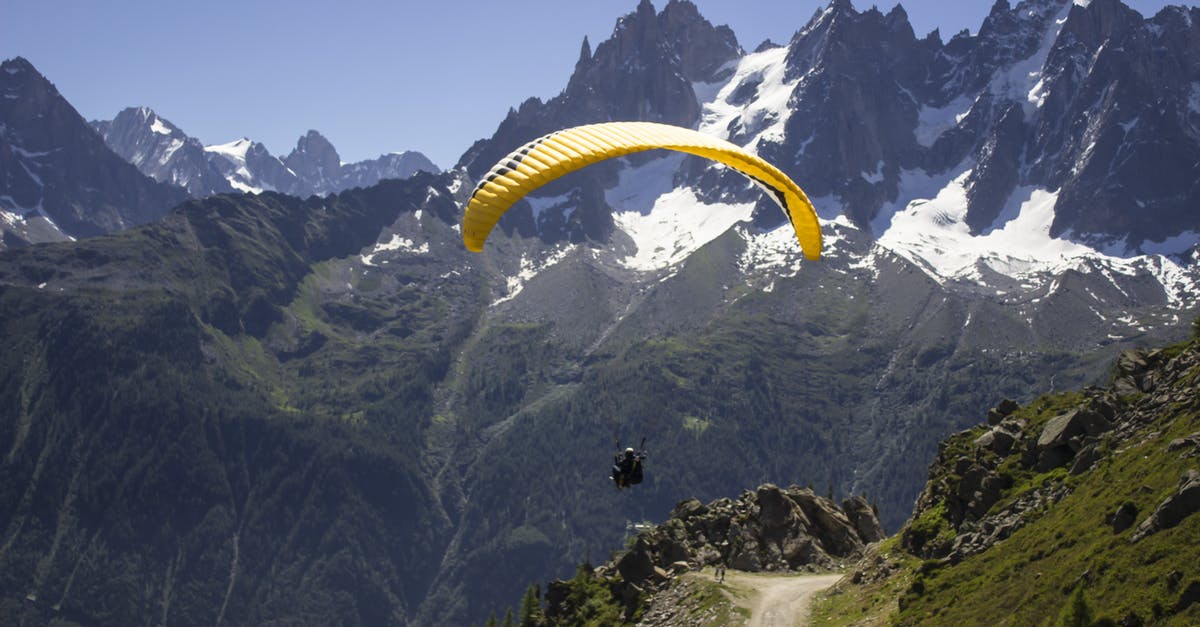Flight path for SSTO

Is there an optimal altitude profile for an SSTO spaceplane? I'm guessing it might depend on the mass and lift profiles, but I'm looking for a general outline, if possible.
By altitude profile, I'm thinking altitude vs time vs speed to get an SSTO into orbit.
Best Answer
The initial climb and acceleration phase are similar - first climb to 10,000 ASAP (not to waste any fuel on prolonged climb), then accelerate to about 1000m/s in a mostly horizontal, possibly somewhat climbing flight.
Then comes the decision depending on the construction of your SSTO. There are two fundamental "schools" of making them:
"Fish jump" - your SSTO has an "intermediate engine(s)" - maybe a set of Rapiers, maybe Airspike, or a pair of Reliants, people have even used Poodle or Rhino. An engine of reasonable ISp and a very good thrust. You climb sharply up, 30-45 degrees, even more if you can pull it off - enough to get your apoapsis above the atmosphere. You may or may not use the intermediate engine during the climb - you may fly entirely unpowered towards the upper atmosphere if your jets gave you enough momentum. Once near apoapsis, you rapidly accelerate until your orbit is circularized, then you can switch to more efficient (lower thrust) engines.
"Arduous climb" - this one uses only LV-N "NERV" engines in conjunction with turbojets, maybe one small extra engine (aerospike? Rapier?) to get a little initial burst, but often not even that. Your climb profile with the jets is fairly flat, about 10 degrees, maybe less. Once they start losing power (your speed stops climbing or climbs very slowly) activate the nukes and keep a very shallow ascent profile - around 5 degrees, or less. As you gain speed, your lift increases allowing you to climb higher, and your gravitational drag drops as you approach orbital speed. Still, it's a long, slow process as the nukes provide little thrust and need to accelerate you by a good 1200m/s. Try to keep "time to Apoapsis" constant, at about half a minute. Once you reach orbital speed, your apoapsis will rise rapidly. Bring it to some 75-80km (it will drop to about 70km during the climb due to drag) and finish circularizing near the upper edge of the atmosphere - there will be very little speed to gain to bring the periapsis up; something of order of 80m/s.
The latter tends to get a good payload ratio or yield good remaining delta-V while in orbit thanks to relatively light build, but requires the airplane to be very streamlined, little drag, good balance. It's good for passenger flights or bringing small satellites into orbit, but it's hard to execute with anything bigger as the drag will overpower the limited thrust of LV-N.
The former scales well with size of the plane - it's difficult to build a small "fish jump SSTO" as the required TWR necessitates heavy intermediate engines and large fuel tanks to power them, but while the payload fraction will be worse, and remaining delta-V lower, the payload total mass can be better as you can afford to lift large, draggy MK3 parts and you can build true monsters of spaceplanes.
Pictures about "Flight path for SSTO"



SSTO Flight Path
More answers regarding flight path for SSTO
Answer 2
if you have a substantial enough thrust to weight ratio with your air breathing engines alone, and i mean a REALLY substantial thrust to weight ratio, point strait up. a few moments after you engines start to lose thrusting power due to lack of oxygen, if your apoapsis isn't already above the atmo by a large enough margin that shutting your engines down won't reduce the apoapsis to below atmo byn the time you reach it, swap to your oxidized engines until that predicted apoapsis altitude is met. Then function like a normal rocket and set your maneuver node
Sources: Stack Exchange - This article follows the attribution requirements of Stack Exchange and is licensed under CC BY-SA 3.0.
Images: Pixabay, Kelly, Dominika Roseclay, Plato Terentev
